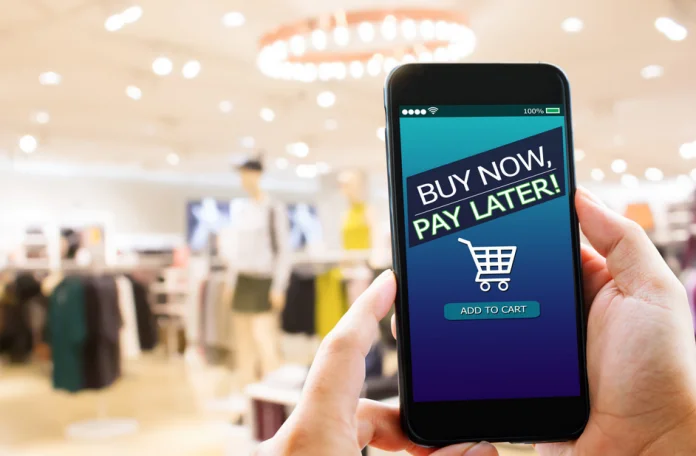Over the last few years, Buy Now, Pay Later (BNPL) services have exploded in popularity. Companies like Klarna, Afterpay, and Affirm make it possible to split purchases into smaller installments, often with the promise of “zero interest.” For younger generations, especially Millennials and Gen Z, BNPL has become an alternative to credit cards. In fact, according to a 2023 TransUnion report, more than 50% of Gen Z consumers in the U.S. used a BNPL service at least once, and global BNPL transactions are projected to surpass $ 450 billion by 2026.
But beneath the convenience lies a more complicated reality. While BNPL can be a useful short-term financing tool, it can also become a debt trap, leading to overspending, hidden fees, and long-term financial stress.
Why BNPL Feels So Attractive
Psychology plays a big role in the rise of BNPL. Splitting a $ 400 purchase into four payments of $ 100 feels far less intimidating, even though the total cost doesn’t change. Retailers know this well: research from Adobe Analytics shows that offering BNPL at checkout can increase average order value by up to 30%.
BNPL also appeals to consumers who don’t qualify for traditional credit or who want to avoid high-interest credit card balances. With minimal credit checks and instant approval, it feels like “easy money.”
The Debt Trap Problem
The downside? Many BNPL users underestimate how quickly these small installments can pile up. A $ 50 pair of sneakers here, a $ 200 gadget there, and suddenly a consumer is juggling five or six active BNPL plans at once.
A 2022 study from the Consumer Financial Protection Bureau (CFPB) revealed that 42% of BNPL users had missed at least one payment, and late fees, while small individually, can add up quickly. More importantly, missed payments may affect credit scores if reported to credit agencies.
Unlike traditional loans, BNPL isn’t always regulated the same way, meaning transparency around fees, interest, and repayment terms varies widely between providers. And because BNPL makes spending feel lighter, users often buy items they wouldn’t have purchased otherwise.
Comparing BNPL to Credit Cards
On the surface, BNPL looks like a safer option than credit cards, since many plans offer 0% interest if payments are made on time. However, credit cards at least provide clearer protections—fraud monitoring, structured billing cycles, and well-defined credit reporting.
BNPL, on the other hand, can create fragmented debt across multiple platforms, making it harder for consumers to track their actual obligations. According to LendingTree data, nearly 70% of BNPL users admit they’ve spent more than they would have if BNPL weren’t available.
Responsible Use of BNPL
This doesn’t mean BNPL is always bad. For some, it can be a smart tool—especially when used for predictable, budgeted purchases. Paying off a BNPL plan in full and on time can be a useful way to avoid credit card interest.
But the key is discipline. Before using BNPL, ask:
- Would I buy this item if I had to pay full price upfront?
- Do I already have other installment plans running?
- Is this purchase aligned with my budget and financial goals?
Treating BNPL like a loan, rather than “free money,” helps put spending in perspective.
A Smarter Way Forward
BNPL services are not inherently dangerous, but they require the same caution as any form of credit. For financially savvy users, they can provide short-term flexibility. For others, they can quietly snowball into unmanageable debt.
The best approach is to see BNPL for what it truly is: a loan with obligations attached, not just a convenient button at checkout. By being intentional and tracking payments carefully, consumers can avoid the pitfalls and use BNPL responsibly—without letting it undermine their financial well-being.
BNPL and Your Financial Health
BNPL can be both a friend and a foe. While it offers flexibility and convenience, unchecked use often leads to overspending and financial strain. As with any credit product, the smartest strategy is to use it sparingly, prioritize essentials, and focus on long-term financial habits like budgeting, saving, and investing. After all, true financial freedom doesn’t come from spreading out payments—it comes from living within your means.

